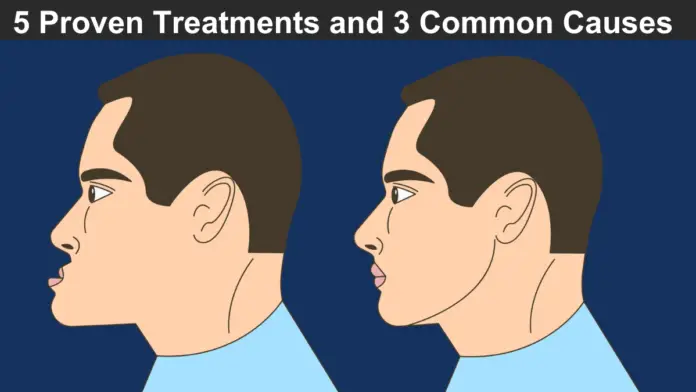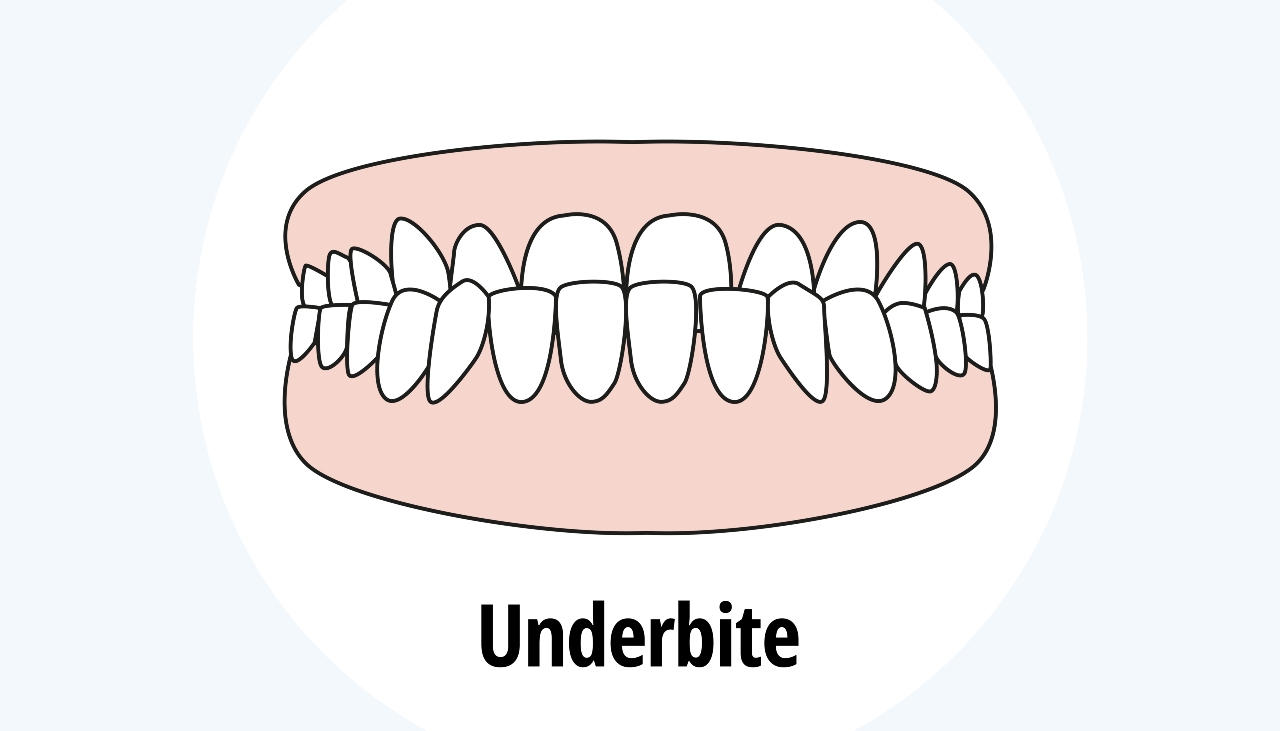
You want the best for your children, particularly in terms of their health and well-being. An underbite can be a dental concern you may face, like many other parents. It can make your child’s lower teeth protrude forward, overlapping the upper teeth. This misalignment can affect both the appearance and functionality of the mouth.
Are you looking for the best possible treatment for underbite for your child? Well, You’ve come to the correct link! This blog delves into the subject of underbites in kids and the many orthodontic treatments for treating it.
So, let’s get started and see how you can give your child the confident, gorgeous smile he or she deserves!
3 Causes of Underbite

Before deciding how to fix an underbite, you must establish Its cause. In this way, you can better support your child’s oral health. There are 3 primary causes of underbite that you should be aware of. They are:-
1. Tumor
A tumor in the jaw is not something that is commonly seen in kids. However, it can be a probable cause of underbite in youngsters. Tumors can interfere with the natural growth of the jawbone, causing it to develop unevenly. This can result in an underbite, in which the lower jaw stretches forward more than the upper jaw.
If a tumor is suspected as the cause of an underbite, it is critical to get an accurate diagnosis and underbite treatment accordingly from a medical practitioner.
2. Injury
An underbite can be a result of a facial injury in rare situations. A jaw or facial injury can cause the lower jaw to slip forward, resulting in an underbite. This might happen due to the impact caused by an accident, sports injury, or any other occurrence that affects the face structure.
Has your kid acquired an underbite after a face injury? If so, receiving medical assistance is critical to determining the degree of the damage and the best course of underbite treatment.
3. Genetics
The development of underbites in children is heavily influenced by genetics. If one or both parents have an underbite or other jaw misalignment, their children are more likely to inherit the same issue. Although heredity cannot be changed, early intervention can aid in the management of underbites and prevent them from deteriorating over time.
Regular dental check-ups of your little ones can help detect indicators of underbite and allow for appropriate treatment.
5 Orthodontic Treatments for Underbite Correction in Children
Let’s find out how to give your child the confident and beautiful smile they deserve!
1. Tooth Extraction
When dental crowding contributes to an underbite, tooth extraction may be required. The orthodontist can make room for the remaining teeth to align properly by removing one or more teeth.
Not to forget, tooth extraction needs to be executed with utmost care. It can assist in progressively correcting the underbite and improve general jaw alignment.
Related topic: How to Treat Cavities in Baby Teeth Naturally
2. The “Reverse-pull” Face Mask
Another common treatment for children with underbite involves using an orthodontic device, a reverse-pull face mask. A metal frame that hooks to the upper back teeth and a strap that wraps around the back of the head make up this mask.
So, how does it work? The reverse-pull face mask stimulates steady growth of the upper jaw, ultimately aligning it with the lower jaw by giving modest forward traction to it.
3. Braces or Clear Aligners
Traditional braces or transparent aligners like Invisalign are excellent orthodontic treatments for children with underbites. These devices gently push on the teeth, eventually changing them into their correct locations. Braces or clear aligners can assist in aligning the upper and lower teeth, correcting the underbite, and improving overall bite alignment.
Young teens prefer clear aligners over braces as they are discreet, removable, and don’t pose much food restriction.
4. An Upper Jaw Expander
An underbite can be produced by a thin upper jaw in some situations. If that is the case with your kid, your orthodontist can prescribe the use of an upper jaw expander to enlarge the upper jaw and generate additional room. This device, which is affixed to the upper teeth, is constructed specifically for each child.
This underbite treatment helps align the upper and lower jaws and correct the underbite by progressively broadening the top jaw.
5. Surgery
Surgery may be required in extreme cases of underbite that cannot be rectified with orthodontic therapy alone. The upper and lower jaws are repositioned during orthodontic surgery to establish appropriate alignment. This surgical approach is generally explored after the child’s jaw has finished growing.
A thorough examination by an orthodontist and oral surgeon is required to evaluate whether surgery is the best option.
Frequently Asked Questions
Q: What is the best age to begin underbite treatment for children?
A: Early detection and treatment are key. It’s generally recommended to have an orthodontic evaluation by the age of seven.
Q: Are there any side effects to underbite correction methods?
A: Most of these treatments are safe and effective, but as with any medical procedure, potential side effects can occur. These can include discomfort, difficulty eating during adjustment periods, and oral hygiene challenges.
Q: Does insurance cover underbite correction procedures?
A: Coverage varies widely depending on individual insurance plans. It is recommended to consult with your insurance provider for specifics.
Conclusion
In conclusion, underbite correction in children involves a range of treatments from braces, clear aligners, upper jaw expanders, to orthognathic surgery in severe cases. It’s crucial to seek early orthodontic evaluation to ensure the most effective treatment plan for your child. Remember, each child is unique, and the treatment should be tailored to their individual needs. Always consult with a qualified orthodontist to determine the most appropriate course of action.











